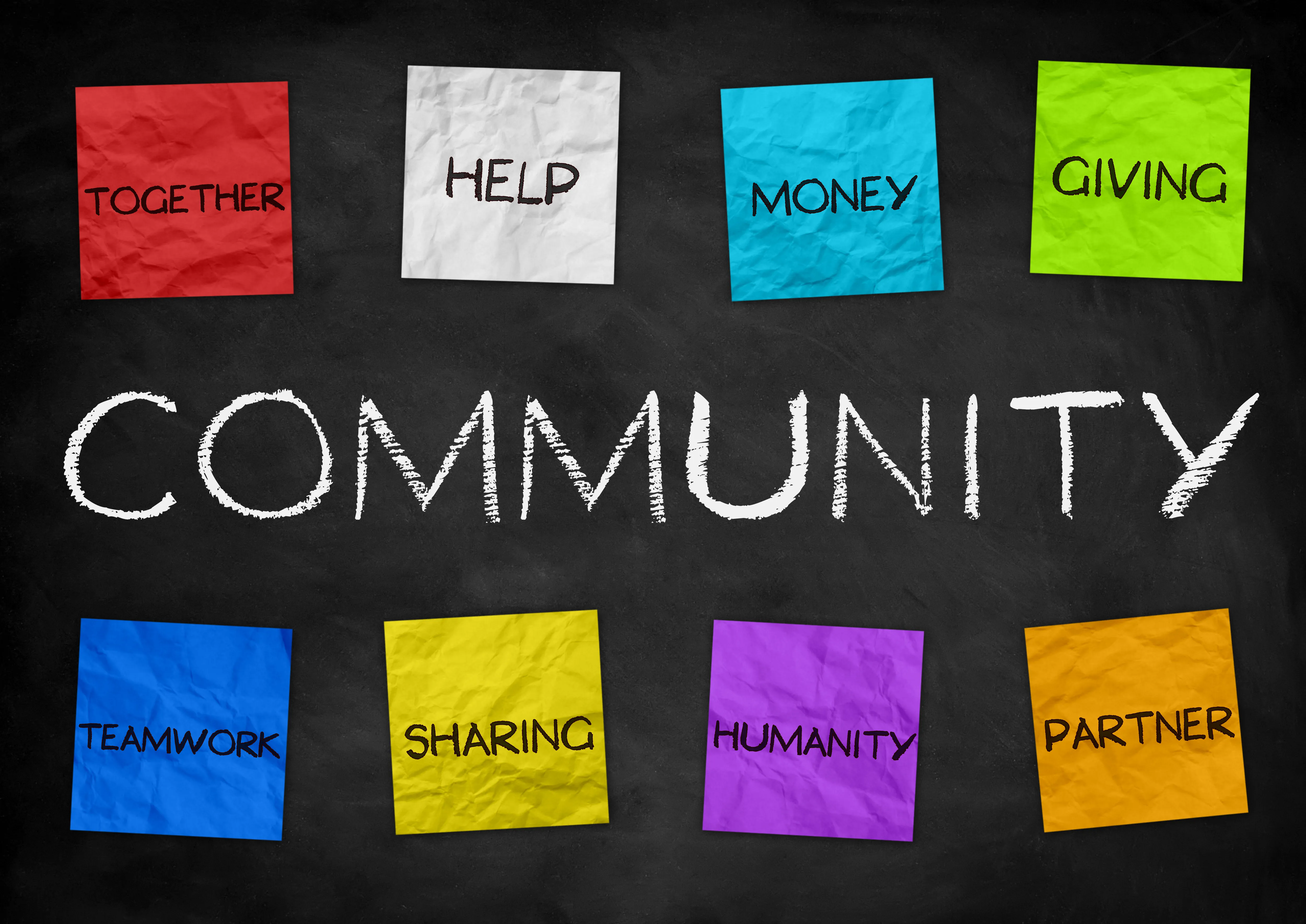
The pandemic is changing the way young people eat and how they feel about their bodies

Kate Kilpatrick, The Conversation
Kids, like adults, cope with stress and anxiety in many different ways.
For example, while some children reach for more snacks to deal with uncomfortable feelings, others overexercise or restrict their eating in unhealthy ways. As a result, rates of obesity and eating disorders like anorexia and bulimia have both increased among young people during the COVID-19 pandemic.
Here are four recent articles from The Conversation’s archives that deal with kids, body weight and the COVID-19 pandemic.
1. Child obesity
Many programs over the past four decades have tried to get kids in the U.S. to eat healthier food and exercise more often. Despite these efforts, child obesity rates have continued to increase – particularly during the pandemic.
Amanda Harrist and Laura Hubbs-Tait, child obesity researchers at Oklahoma State University, designed an intervention that actually lowered kids’ body mass index, or BMI.
The key factor that made their program succeed where so many others before failed? A focus on acceptance from family and friends, they say.
In their study of over 500 first graders, Harrist and Hubbs-Tait found that lessons on diet and exercise alone do not help kids at risk for obesity to slim down. Just as important, they say, is teaching new family dynamics and reducing the amount of rejection children face. That means showing parents how to emotionally support and comfort their children who are overweight, and teaching classmates to be more accepting of one another.
“Knowing you can come home and talk about how angry and sad you are is essential to healthy physical and mental growth,” the pair write. “And children must also have friends and peers who accept them for who they are.”
2. Eating disorders
Physician Julia Taylor and psychotherapist Sara Groff Stephens, both professors of pediatrics at University of Virginia, specialize in treating eating disorders in teens and young adults, which spiked after the onset of the COVID-19 pandemic.
When it comes to eating disorders, they say, three groups of young people are often overlooked: young male athletes, LGBTQ youth and “normal”-sized adolescents. This last group includes young people who are average weight or even overweight, but may develop dangerously abnormal vital signs, electrolyte imbalances or severe gastrointestinal issues due to their unhealthy dieting.
“The recent COVID-related increase in patients presenting for care has reinforced that no group is immune from them,” Taylor and Stephens write. “Breaking down barriers for identification and treatment for all individuals – including boys, sexual and gender minority youth and kids across the weight spectrum – will improve outcomes for those who struggle with these significant illnesses.”
3. Weight stigma
The COVID-19 pandemic has been hard and stressful for everyone – and being critical of people’s bodies doesn’t help, argue Nicole Giuliani, Nichole Kelly and Elizabeth Budd, psychology professors at the University of Oregon who are also moms with young children.
The scholars believe health research and health initiatives place a disproportionate emphasis on kids’ weight. This draws attention away from better predictors of chronic disease such as smoking, lack of exercise or poor mental health. And it also reinforces weight bias, which they describe as “the belief that a thin body is good and healthy, while a large body is bad and unhealthy.”
Weight bias, in turn, contributes to bullying and teasing, which are common among youth and linked to disordered eating and depression, as well as poorer academic performance and health.
“To best support the physical and emotional health of children during this pandemic, we suggest reducing the emphasis on body size,” Giuliani, Kelly and Budd write.
They offer five tips for parents, which range from avoiding words like “fat,” “obese” and “overweight” to noticing when kids feel bad about their bodies after spending time on social media, and encouraging them to take a break.
4. Social media
Speaking of social media, Facebook officials have known since at least March 2020 that Instagram – the social media platform most used by adolescents – is harmful to teen girls’ body image and well-being. That’s according to an explosive Wall Street Journal report published in September 2021.
But Christia Spears Brown, a professor of psychology at University of Kentucky who studies social media use among teens, says researchers have been documenting these harms for years.
[Get the best of The Conversation, every weekend. Sign up for our weekly newsletter.]
“[S]tudies consistently show that the more often teens use Instagram, the worse their overall well-being, self-esteem, life satisfaction, mood and body image,” Brown writes. “One study found that the more college students used Instagram on any given day, the worse their mood and life satisfaction was that day.”
Brown says parents can help “by repeatedly talking to their teens about the difference between appearance and reality, by encouraging their teens to interact with peers face to face, and to use their bodies in active ways instead of focusing on the selfie.”
Editor’s note: This story is a roundup of articles from The Conversation’s archives.![]()
Kate Kilpatrick, Editor, The Conversation
This article is republished from The Conversation under a Creative Commons license. Read the original article.

















